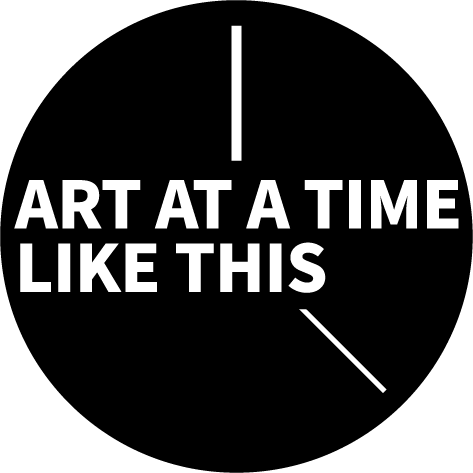
Camille Chedda
The recent visit to Jamaica by the Duke and Duchess of Cambridge signalled for many Jamaicans the opportunity to directly confront the monarchy with the desire to part ways as a British colony. Their trip was seen as a mission to solidify their relationship with the Caribbean a mere four months after Barbados became a republic, but the optics presented during the visit was one of contradiction. Rastafarians, generally considered pan-Africanist in consciousness, entertained the royals with drums and singing. Meanwhile a few miles away, protesters baring placards demanded an apology and reparations for the atrocities of slavery.
The desire by the Rastafarians to be hospitable to those who represent all that their ideology chants against is startling. Perhaps a boycott would have been better, but the matter at hand seems to be economics and visibility. The Royal visit provided short term employment for people in the community as well as a long-term PR campaign for future tourist visits, solidifying a relationship of dependence. This concessionary stance is common in Jamaica as former plantation estates, many of which are now heritage sites, are presented primarily from the perspective of the privileged owners and not the thousands of Africans who worked on those lands and whose ancestors comprise the majority of the country today. Those plantation lands have also been converted into luxury golf courses which tend to be used by the white elite. The cultural and touristic product, the same one presented to the royals, is an incomplete story, constructed for their comfort, leaving the burden of this complex history on our heads.
Constructions 10 (2022), Digital collage
Constructions 1 (2022), Digital collage
Constructions 3 (2022), Digital collage
Emerge 1 (2021)
4x4 inches, Graphite, cement on canvas
Photo credit: Kevaughn Beckford
Emerge 5 (2021)
4x4 inches, Graphite, cement on canvas
Photo credits: Kevaughn Beckford
Emerge 4 (2021)
4x4 inches, Graphite, cement on canvas
Photo credits: Kevaughn Beckford
Interior 5 (2021)
Graphite, Chalk, cement on canvas, 19.5x15.5 inches
Photo credits: Kevaughn Beckford







